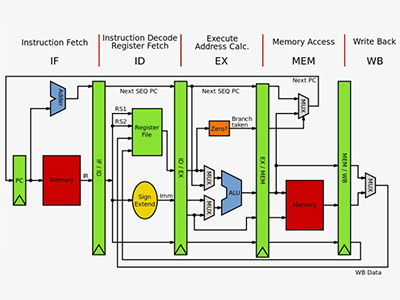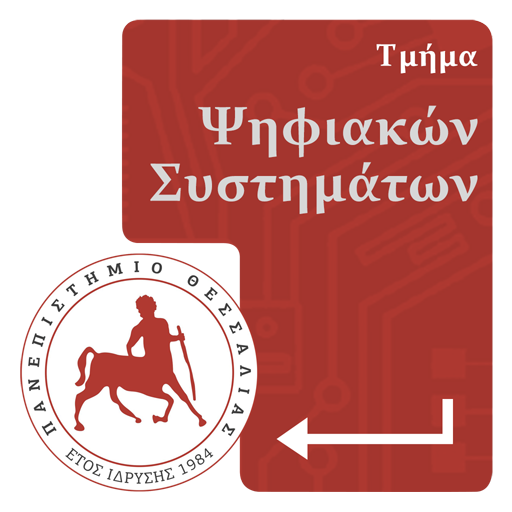Computer-Systems Organization
Module ID
Υ405
Semester
4
Hours/Week - ECTS
5 – 5

Eleni Laitsou
L.Te.S.
Learning Outcomes
The module introduces students to the structure and operation of a modern processing system and in particular to the principles of software and hardware interconnection through the command set architecture. Upon successful completion of the course the student will be able:
- to understand the operation and organization of a modern processor,
- to know the basic principles of a processor assembly architecture and to understand the relationship between assembly language, high-level programming languages , and the processor,
- to program algorithms using assembly language (assembly),
- to understand computer arithmetic of both integers and floating-point numbers,
- to analyze the performance of a processing system and understand the factors on which it depends,
- to implement and simulate a programmable processor in a hardware description language such as Verilog or VHDL.
Indicative Module Content
- General description of the organization of a PC.
- Introduction to the symbolic machine language (assembly).
- Representation of numerical data on the PC.
- Algorithms for performing arithmetic operations.
- Performance metrics of a computer system.
- Micro-architecture of MIPS processors.
- Micro-pipeline architecture.
- Memory hierarchy and cache. Virtual Memory.
- Introduction to Verilog/VHDL hardware description language.

